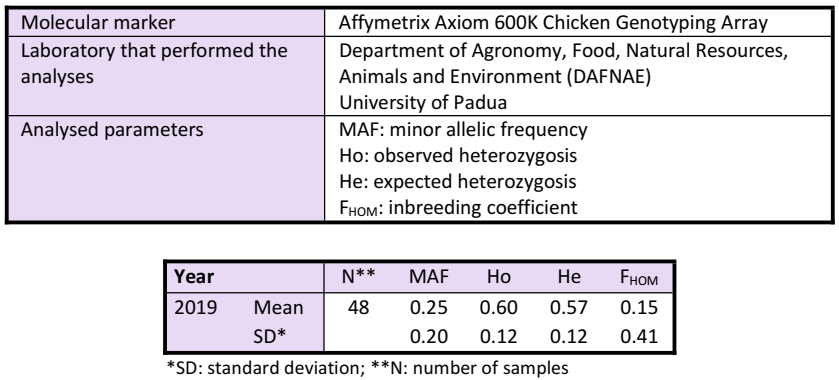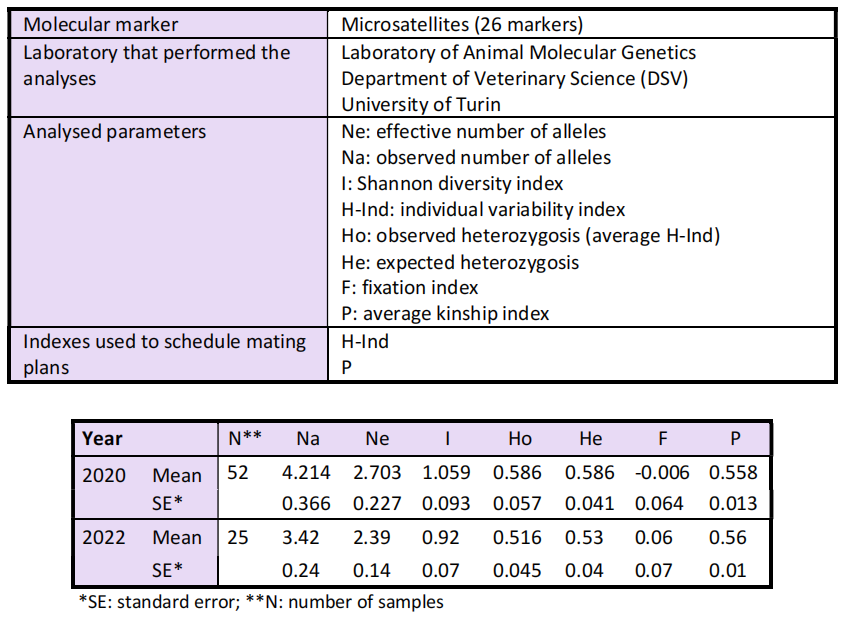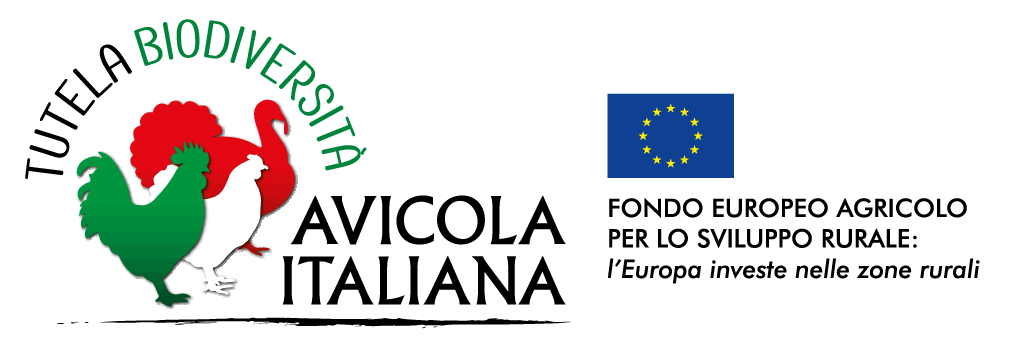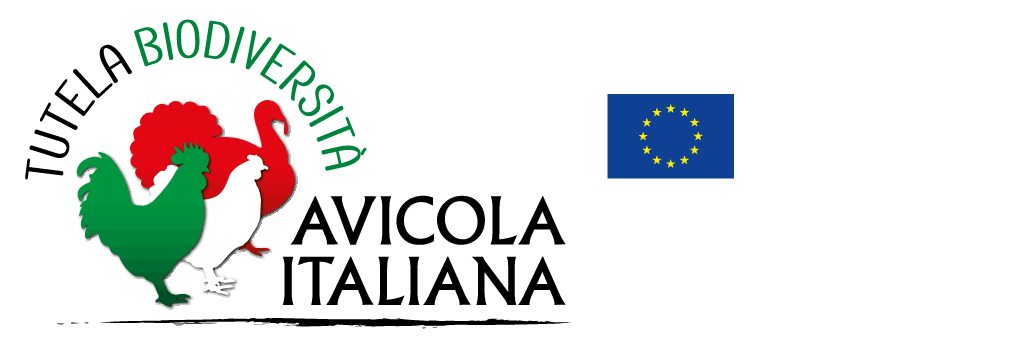Millefiori piemontese
Geographic origin: Piemonte (surroundings of Cuneo)
Geographic distribution: Unassessable
Estimated total population size: Not available
Extinction risk status (FAO, 1998): Unassessable
Any other specific information: Quite large and stocky breed, similar to Bionda piemontese
Historical origin of the breed
Local breed, diffused around Cuneo (in the surroundings of Busca, Villafalletto, and Tarantasca) up to 1960s, it was reared in farms to be sold in local markets. Following uncontrolled crossbreedings and due to the abandonment of rural activities, the diffusion of the breed gradually reduced. Occasionally found in Piedmont’s countryside up to the 1990s, it is now considered to be extinct, even if few birds may have survived somewhere in the area. Recover attemps are at present ongoing on behalf of local breeders.
Bibliography
archiviostoricoavicoltura.blogspot.com
agraria.org
Qualitative morphological traits
Feather morphology: Normal
Feather distribution: Normal
Plumage structure: Abundant, soft
Plumage colours: Black mottled
Colour features: Bi-colour, without sexual dimorphism
Colour pattern: Ground colour black, with white spots, similar to Ancona breed pattern, but with less regular marking, sometimes with red traces
Skin colour: Yellow
Comb type: Simple comb, sometimes falling to one side in females during oviposition; less developed than in other Piedmont breeds
Ear-lobe colour: Red or red with whitish streaks
Beak colour: Yellow shaded with horn
Genetic traits
Characterisation of the breed with Single Nucleotide Polymorphisms (SNPs)

Characterisation of nucleus populations with microsatellites and mating plans

The presented data were registered in the nucleus population conserved at the University of Turin (UniTO).
Technical data sheet
(The layout of the data sheet is ready for the booklet format. Print on both sides of paper, selecting “flip on short edge”.)
Germplasm collection
The breed has yet to be conserved in our Cryobank.
Mating plan
Download the latest mating plan for the Millefiori Piemontese breed:
Latest update: February 6th, 2025

